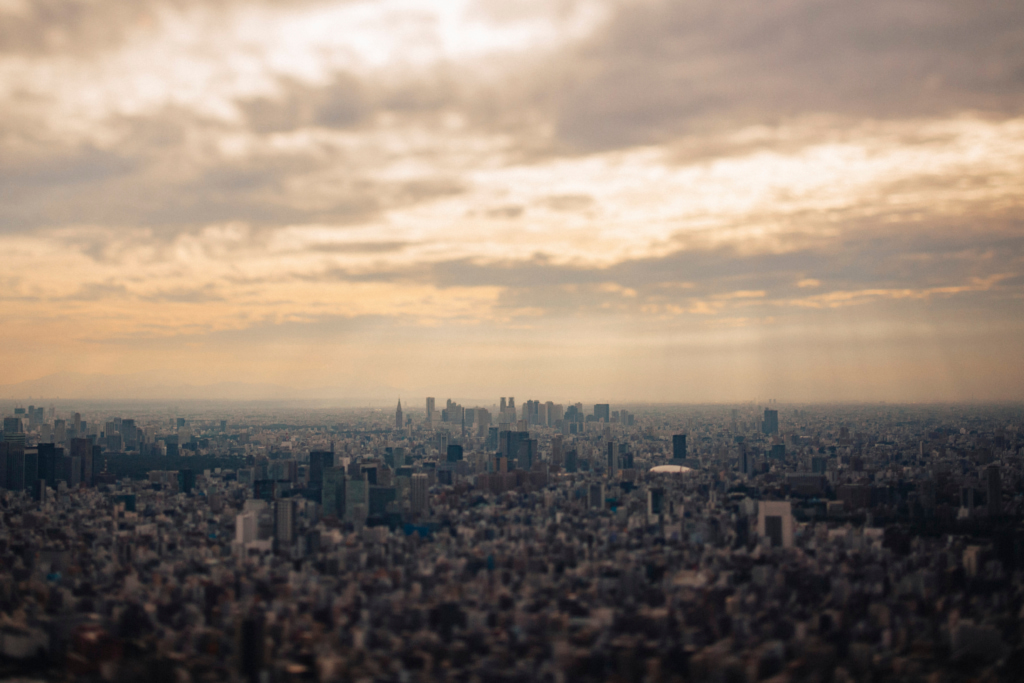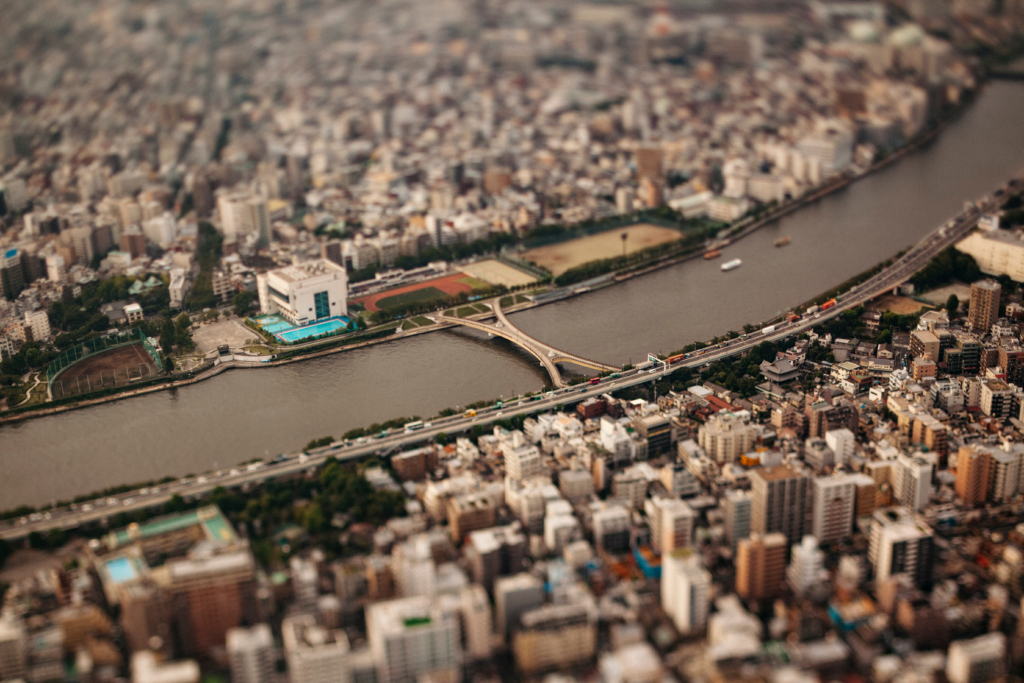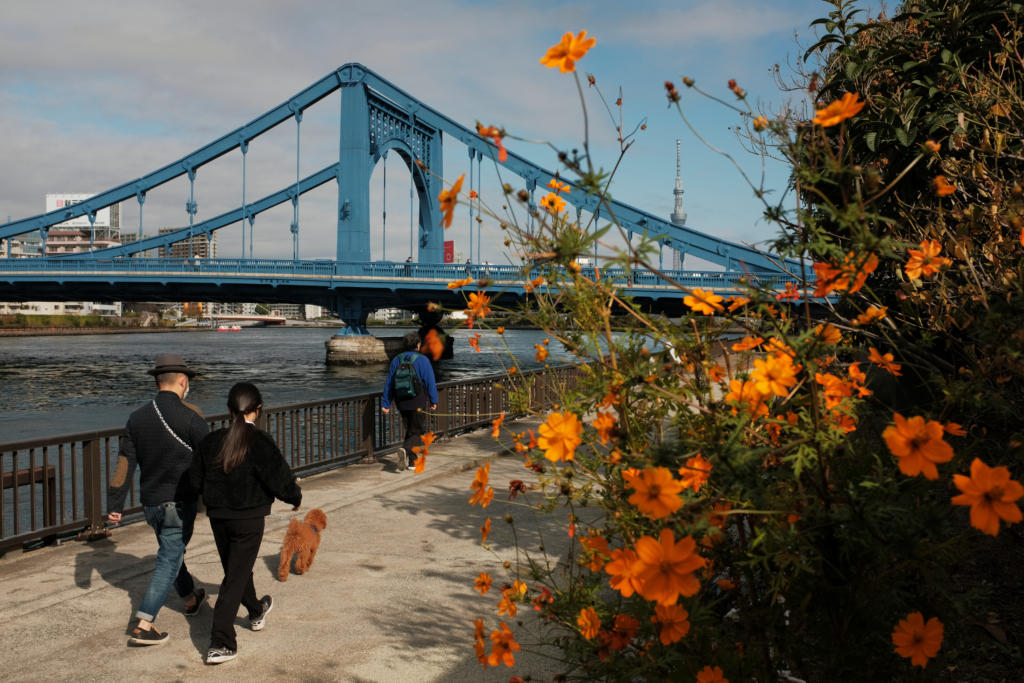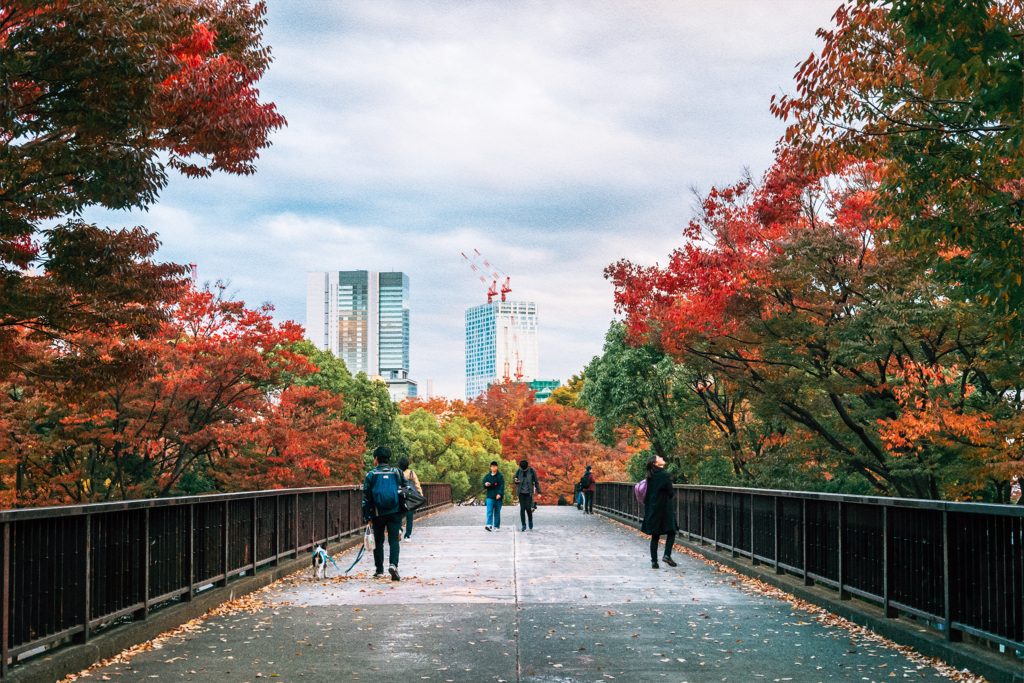If and when the mood fits, I like to indulge in the obscure practice of psychogeography, if I was to use a fancy term. Writers such as W. G Sebald, Iain Sinclair, Lauren Elkin, Geoff Dyer and Will Self have helped to popularize this kind of activity in recent years. Psychogeography can be defined as “the exploration of urban environments that emphasizes interpersonal connections to places and arbitrary routes.”
To put it plainly, psychogeography is walking around a city or long distances while thinking and reporting about all the things that come to mind (both personal and non-personal) during the walk. Art, architecture, sociology, fashion, literature, photography and so on. For those of you interested in exploring further, may I point you in the direction of Elkin’s Flaneuse: Women Walk the City in Paris, New York, Tokyo, Venice, and London, Self’s Psychogeography, Dyer’s White Sands: Experiences from the Outside World and Sebald’s Austerlitz.
Self’s study on walking from JFK Airport to downtown New York City encapsulates all that is right about this niche area of journalism. What we experience on these unusual walks is fundamentally connected to the human experience and what it is to be a human. What we see and feel and hear while walking is different from when we take public transport or use a car.
Tokyo, although vast and essentially unknowable, can be a walkable city. Not all of it of course. If you walked from Koiwa to Ome, for example, it would probably take a few days. But central Tokyo is explorable and the things you find out when walking in the world’s biggest city are profound and unforgettable.

Ikebukuro to Ebisu
My first walk is from Ikebukuro to Ebisu, which, if you opt to take the Yamanote Line, is eight stops and takes about 20 minutes and is pretty orthodox in terms of views. You’ll, of course, see the neon signs of Shinjuku at night, the chaos of Harajuku and the fripperies of Shibuya, but on foot you can experience something altogether different.
If you start across from the Seibu Ikebukuro Muji flagship and cross to the left of the street which is actually Meiji Dori (one of Tokyo’s main arteries), you’ll see (on your way to Shibuya) the gorgeous and seriously under-rated Kishimojin Temple where my daughter held her Shichi-go-san festival wearing the most amazing pokuri shoes (which had been proudly worn by generations of women before her) and rocking her grandmother’s kimono which had been passed down for hundreds of years from her ancestors in Hiroshima Prefecture.
Pass there and you’ll enter the weird area of Takadanobaba and Waseda with the Toden Arakawa Line on your left. As you head towards Shinjuku and walk, essentially, through Okubo, the crowds begin to gain in size and the ethnicities grow in volume. You’ll hear Korean, English, Japanese, Bengali and many more languages as the color and texture of the city erupts into life. It’s like a joyous microcosmic Holloway Road in London.
As you skirt the outskirts of Shinjuku and enter Yoyogi and then Harajuku, Tokyo transforms into a behemoth, a living breathing bad boy. Omotesando, which you cross, has transformed in the last 20 years from an arty and vintage district (it used to house the beautiful Dojunkai apartments) into a bastion of Japanese capitalism, which is something perhaps to be rued. Continue your path on Meiji Dori towards Shibuya and the fashion empires appear, such as Paul Smith on your left and on your right Balenciaga and Prada, proud residents of Miyashita Park.
As you traverse the crossing near Shibuya Station and ascend the bridge after the Hikarie complex, you’re well on your way to Ebisu. The spaces nearer Shibuya Station consist of supermarkets and other fairly normal stores. However, in the no man’s land between Shibuya and Ebisu, it becomes clear and open, as if the clouds have disappeared. Cross to your right on the way and, on your right, you’ll see Jolly’s, a lovely standing bar and a few steps before Liquid Room, a well-known events venue. Turn the corner on your right and Ebisu appears like a dream with its neon lights, dusty yokocho and department stores which pull you in like the nasty capitalist you know you are and that you’ve been trying to avoid admitting to being for so long.

Nerima to Shibuya
Another walk I suggest is from Nerima to Shibuya, which is a long one and one that takes in a large portion of central Tokyo. Start outside Nerima Station on Senkawa Dori and head towards Ikebukuro. You’ll pass by Sakuradai and Ekoda, sleepy college towns with record stores and quaint, popular restaurants. Turn right before you hit Higashi-Nagasaki and you’re on one of Tokyo’s other main arteries, Mejiro Dori.
Head towards Yamate Dori and turn right and you’ll see the towering skyscrapers of Shinjuku and be reminded of why Tokyo has such a pull for so many people, both domestically and internationally. Every film set in Tokyo, the paintings of Hokusai and the novels of Haruki Murakami are cemented in downtown Tokyo. You’ll feel like you already know it even if it’s your first time in the city. Walk up Yamate Dori and turn left at Nakano Sakaue Station and shimmy up through the skyscrapers that take you outside the twin towers of the Tokyo Metropolitan buildings and past the iconic Park Hyatt Hotel made famous due to Sofia Coppola’s masterful film Lost in Translation.
Walk towards Sangubashi which leads you to the outskirts of Yoyogi Park, the setting for many park parties and hanami sessions over the years. Memories of friends who have left us and of those who have drifted away over time. As you wind round the perimeters of the park, you’ll pass by the now famous transparent public toilets on your right.
This leads you into Tomigaya, where you can wander past Fuglen coffee shop, the office and store of Monocle magazine and then down into Bunkamura, where I visited the Saul Leiter exhibition a few years back before the pandemic. His photographs of New York in the 1950s and 60s somehow connect with the colors and tones of modern-day Tokyo. Leiter once said, “There are the things that are out in the open and then there are the things that are hidden. The real world has more to do with what is hidden, maybe.” This applies beautifully to Tokyo and its myriad of secrets and perhaps its esoteric essence.

Tokyo Station to Tsukiji
It’s a funny place, Marunouchi. Essentially, it’s a few blocks sandwiched between several other areas like Kyobashi, Hibiya, Yurakucho and Ginza. I think I like it because it’s usually quiet. Naka Dori is also filled with Zelkova trees and has a subdued sense of tranquility which runs through it. It used to be known as Marunouchi Meadows, Gambler’s Meadow and Mitsubishi Meadow, with the area being mostly designed by English architect Josiah Conder, whose influence can still be felt and seen there today. If you squint enough and spin around from Tokyo Station towards Marunouchi, it resembles Manchester or some pockets of Victorian and Edwardian London. Red bricks, wide boulevards and a sense of history, or some history.
The gigantic Japanese business behemoth Mitsubishi owns most of this area. I once interviewed one of the executives of Mitsubishi, for another publication, in the plush headquarters in a room with chandeliers and a view overlooking the palace. He shouted to me when I entered the room, “Welcome to Mitsubishi Land” with arms outstretched and pointing outside towards the windows.
I also must have come here in the early or mid 2000s and on one of those occasions had a lovely steak frites at a terribly snooty French restaurant named Brasserie Aux Amis, which is still there and still being snooty. I have no idea why. Nowadays, Marunouchi and Naka Dori, in particular, are conspicuously polished and designed. Home to retail complexes such as the Marunouchi Building, Brick Square and two very lovely Comme des Garçons stores.
If you’re coming from Tokyo Station, go out onto Naka Dori and walk towards Hibiya Park with the Imperial Palace and its lavish grounds on your right. Turn left at the top of the street and walk towards Ginza. Ginza welcomes you and envelopes you like a silk Hermès scarf on a frosty autumnal day. Ostentatious, rich, beautiful and packed with every luxury a human being should ever need. As you walk through Ginza, you’ll come to the Kabukiza building, which lies on your left. It’s been there for more than a century and still holds performances of the ancient and often impenetrable performing art.
Keep going straight and you’ll end up on the outskirts of the outer area of the old Tsukiji fish market, which sadly moved to a location across the river in Toyosu. The outer market of Tsukiji still has restaurants and small stores to explore, so it’s well worth your time. The smells and sights of chefs sharpening knives, the noren that decorate the doorway and the excitement around food, is everywhere here. Tokyo is a food city and Tsukuji was once its epicenter. The ghosts of yesteryear are still to be found, if you walk and peek down the city’s alleyways and backstreets which hold secrets and memories of times gone by and a city which remains elusive and essentially unknowable.









